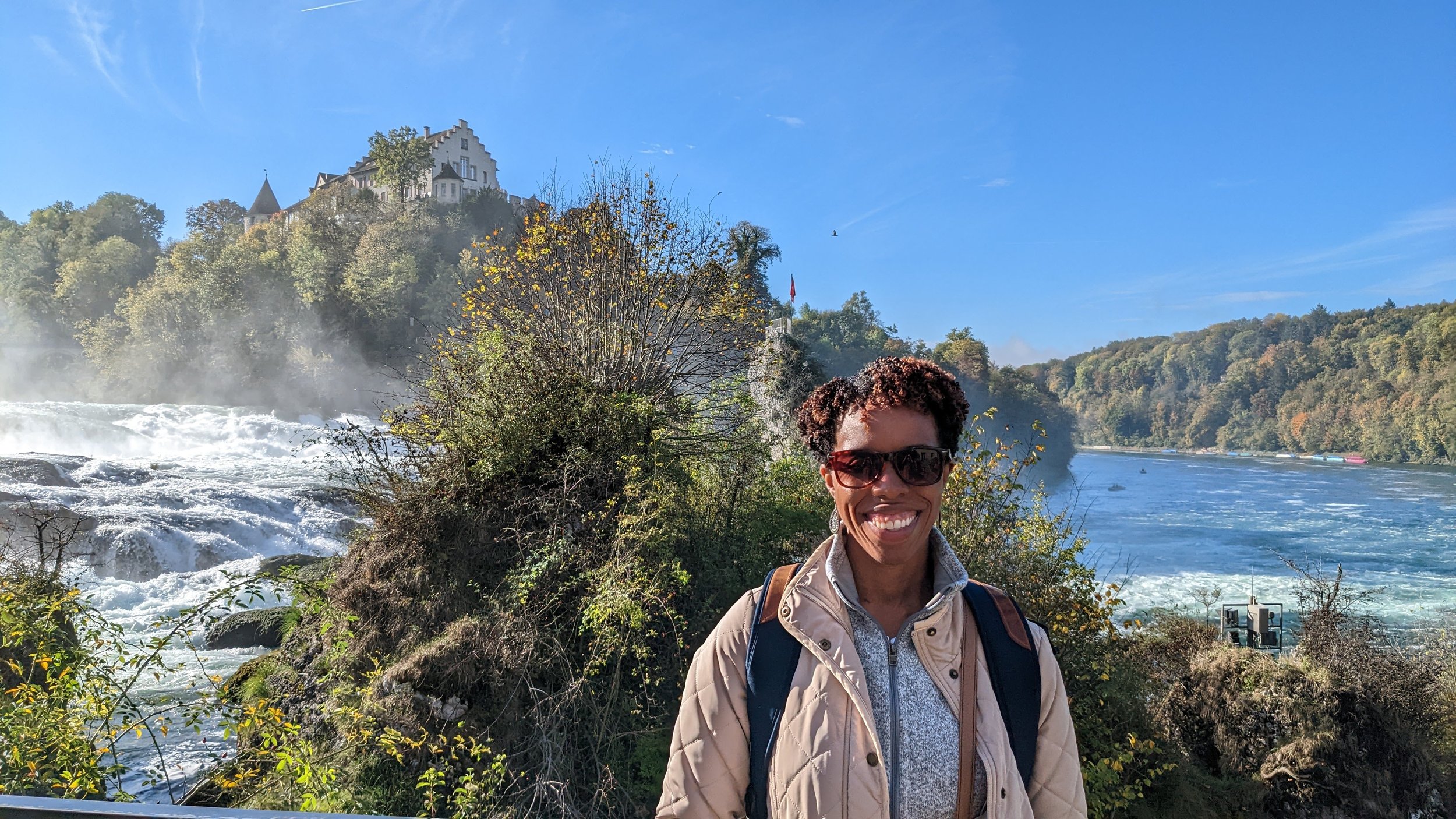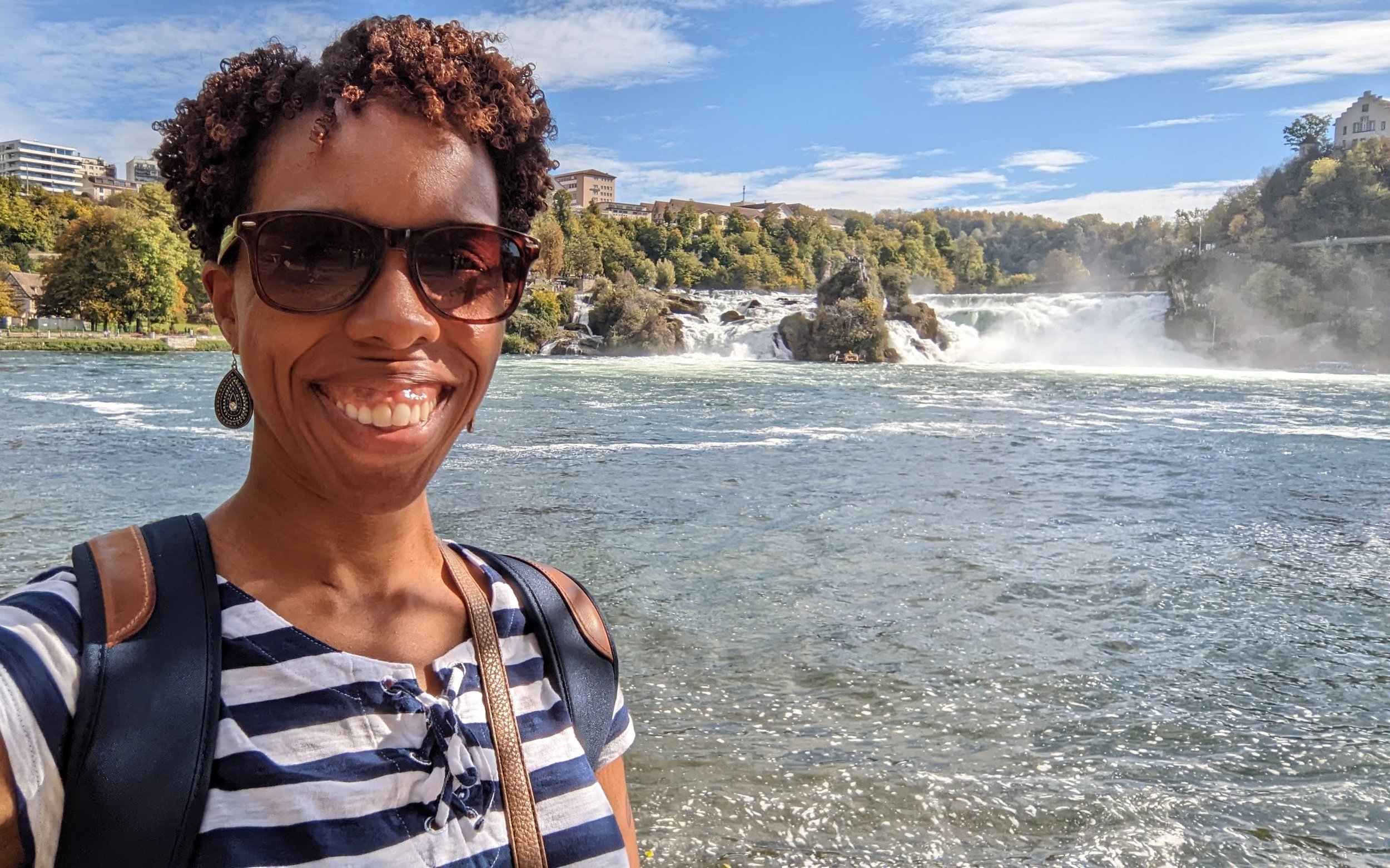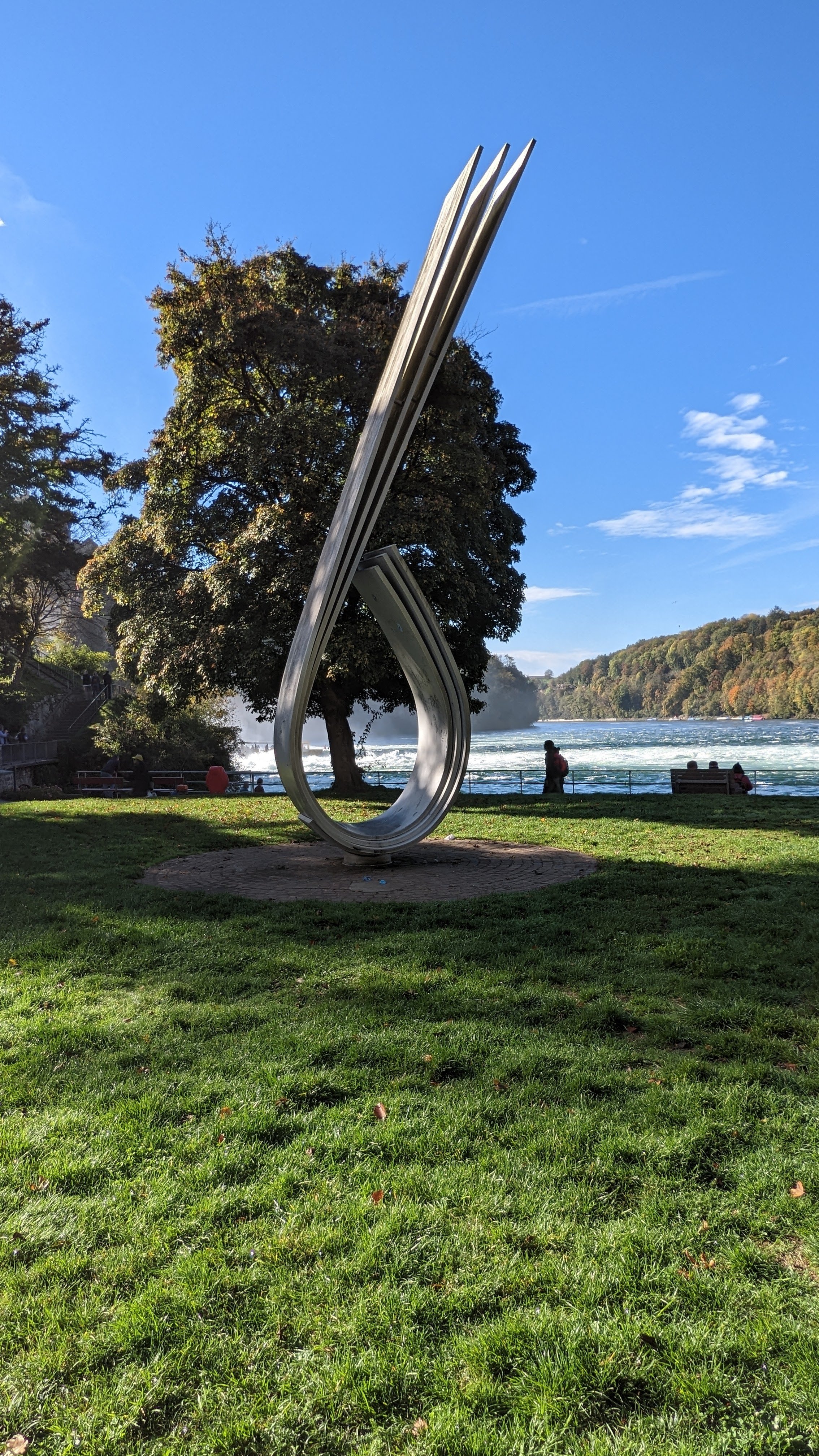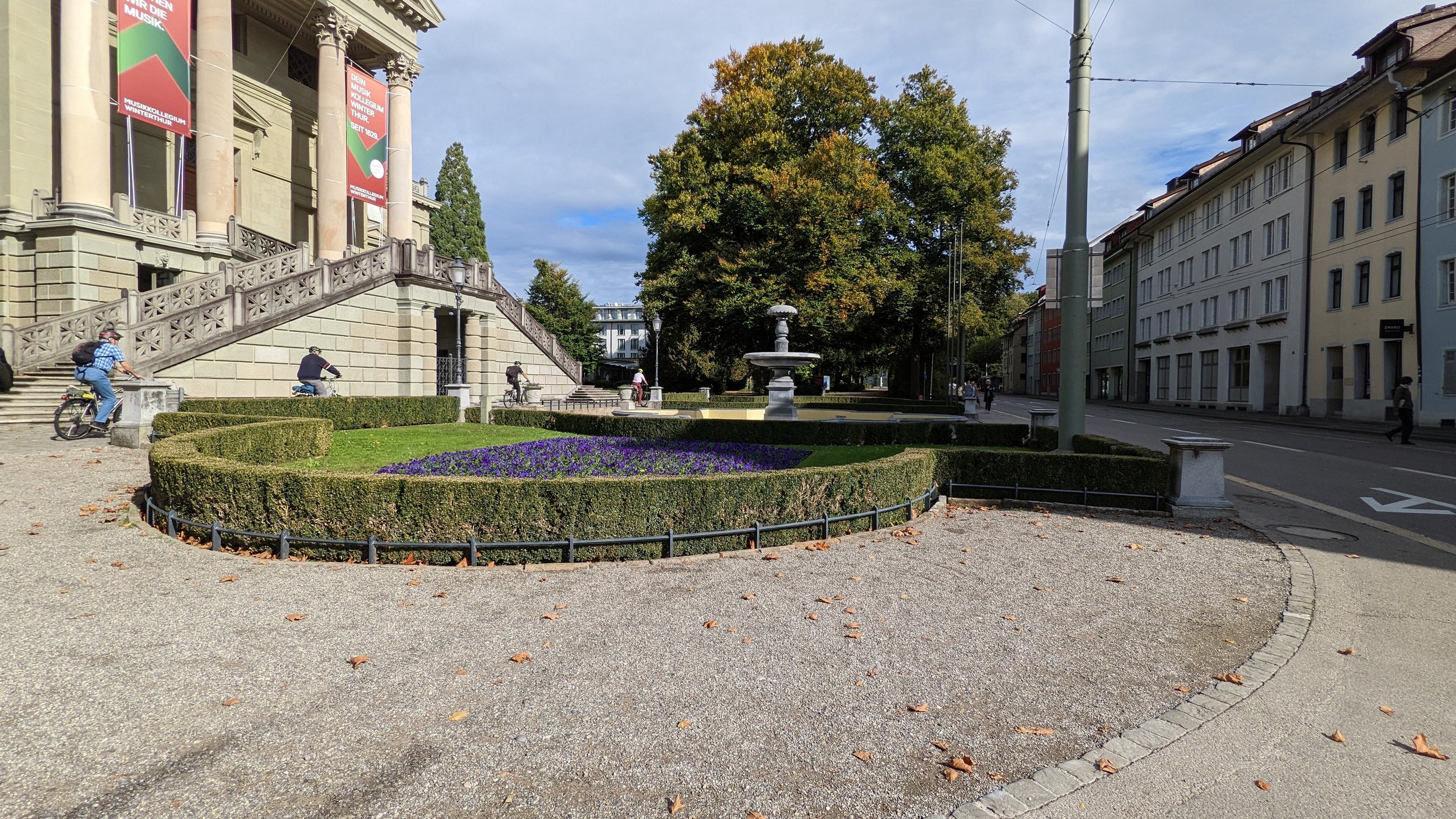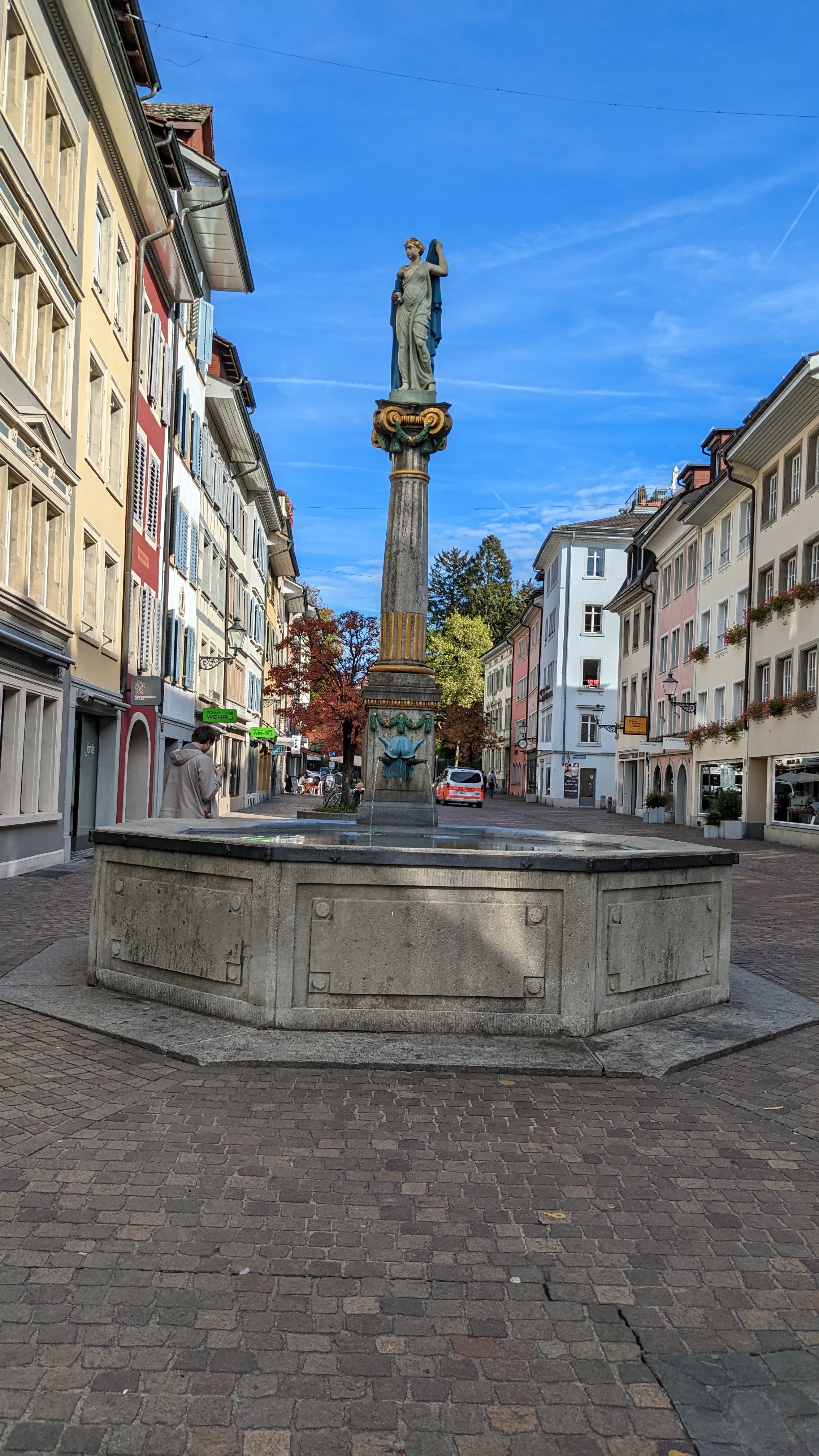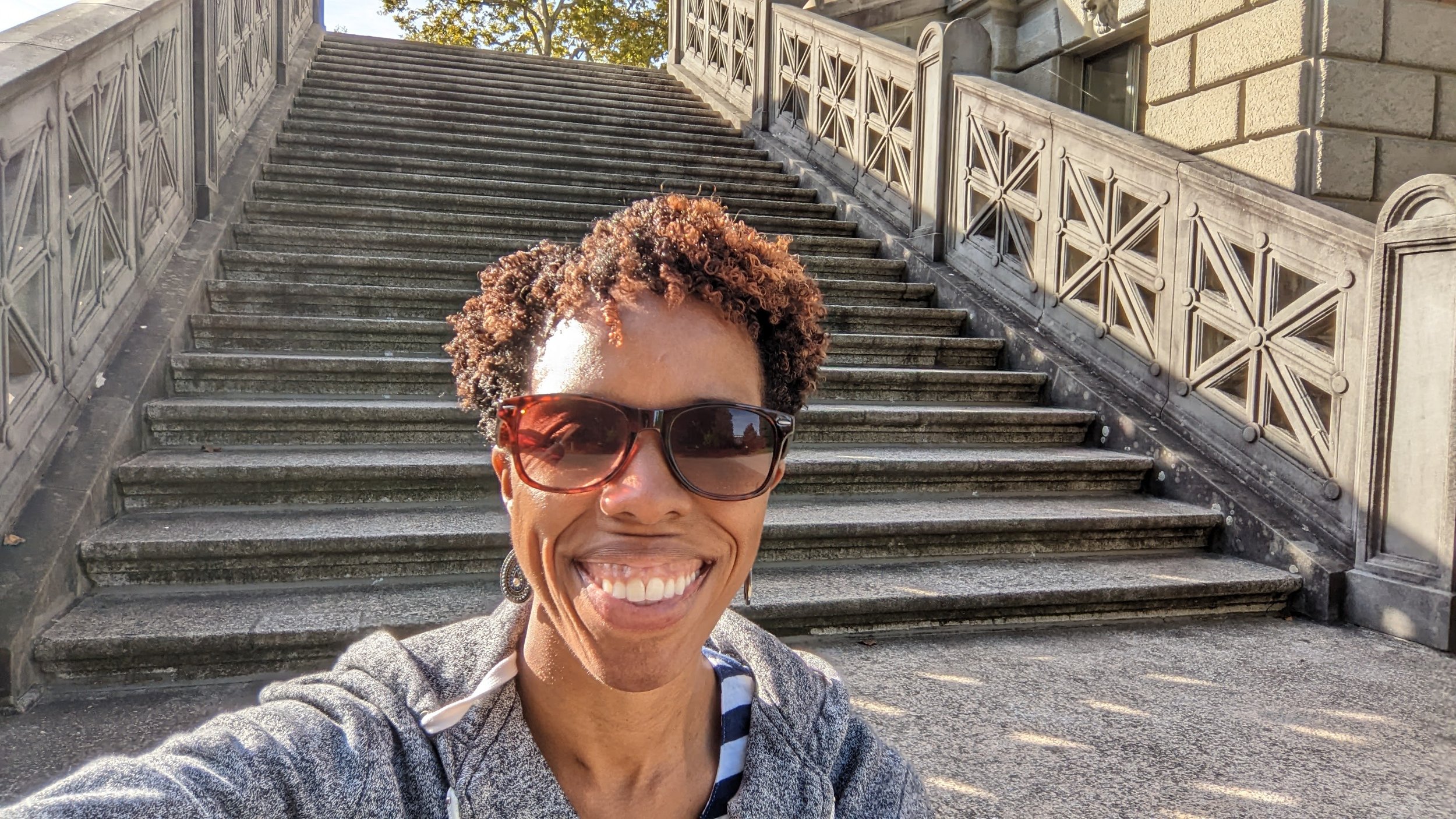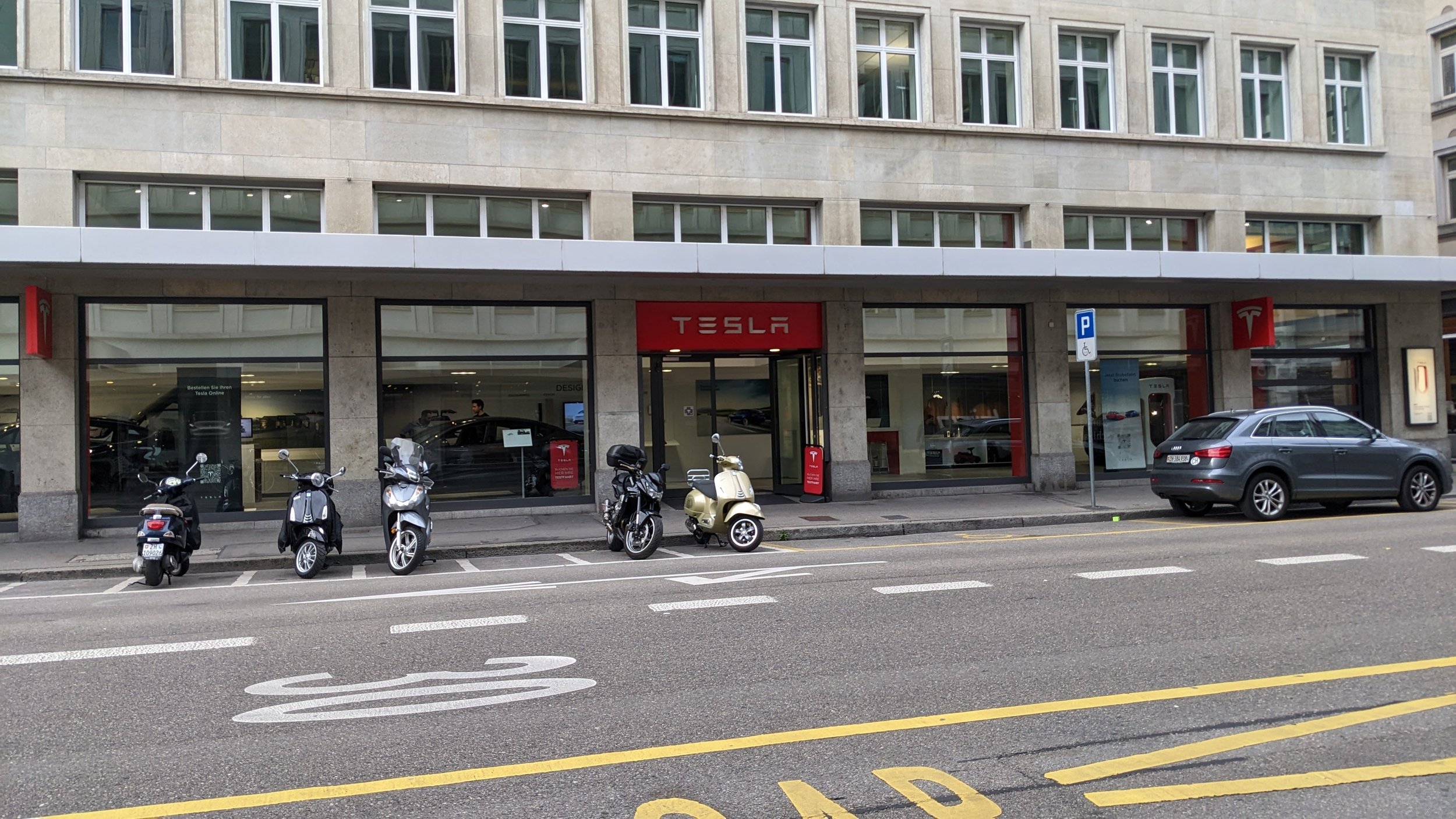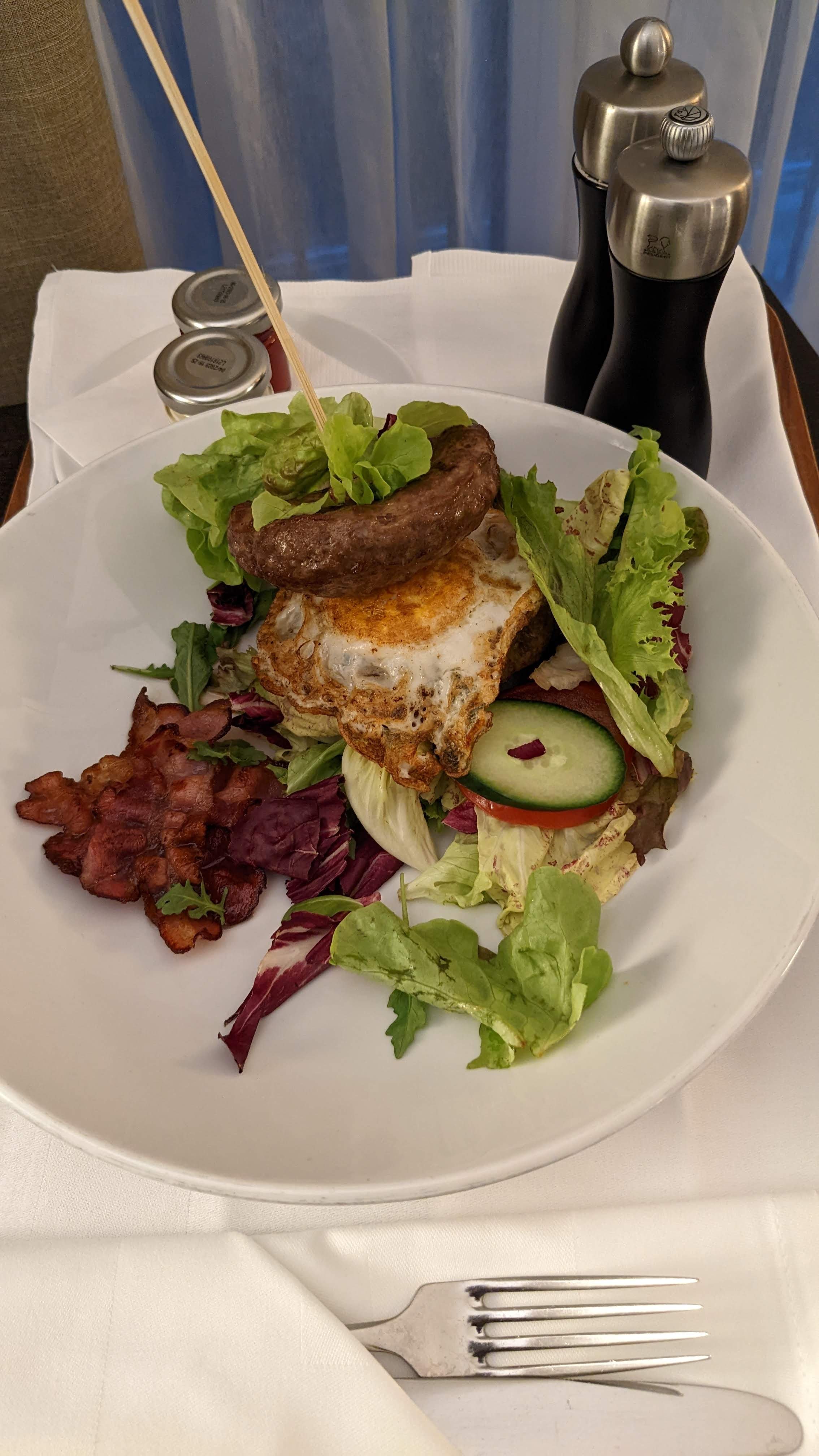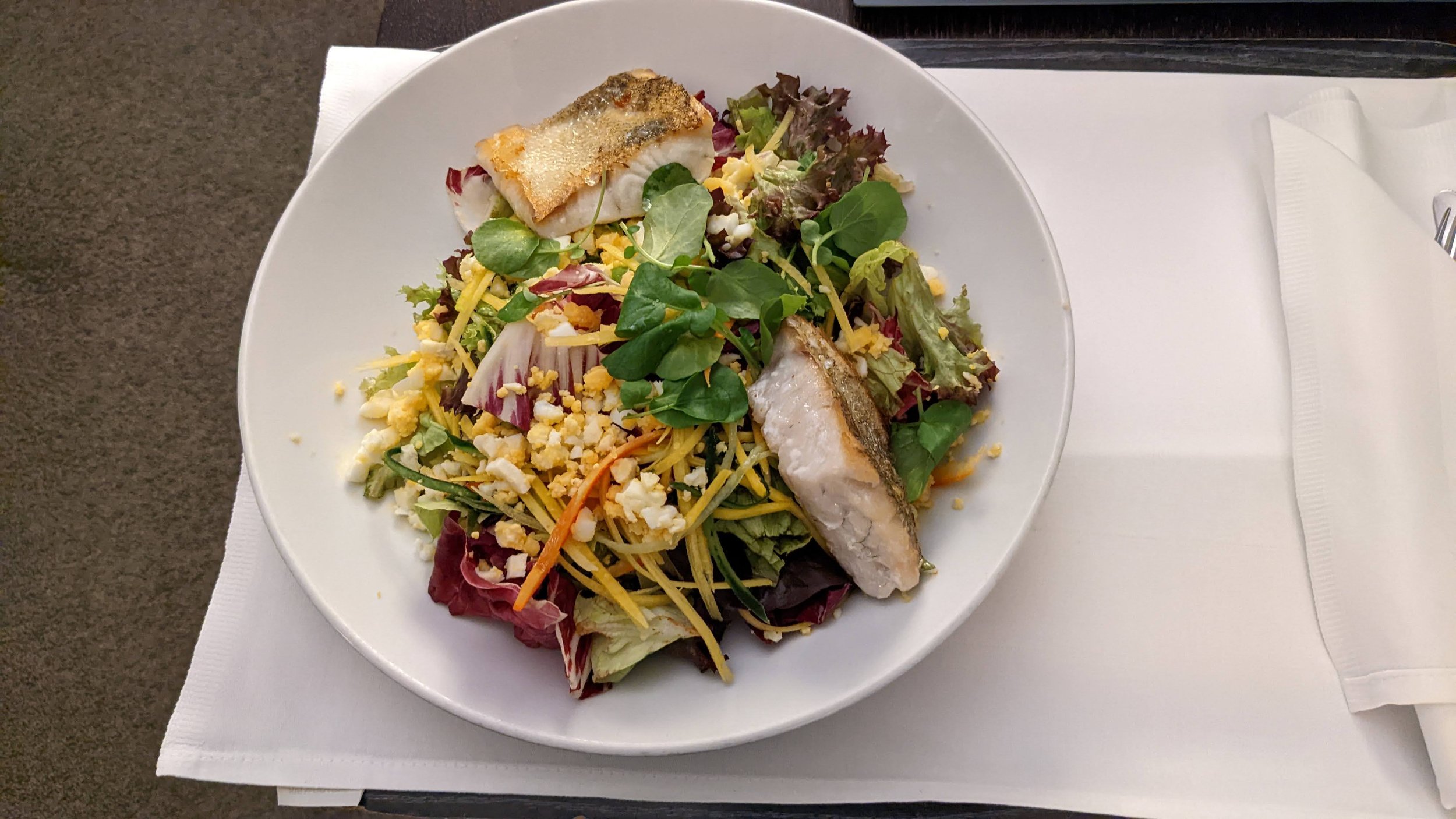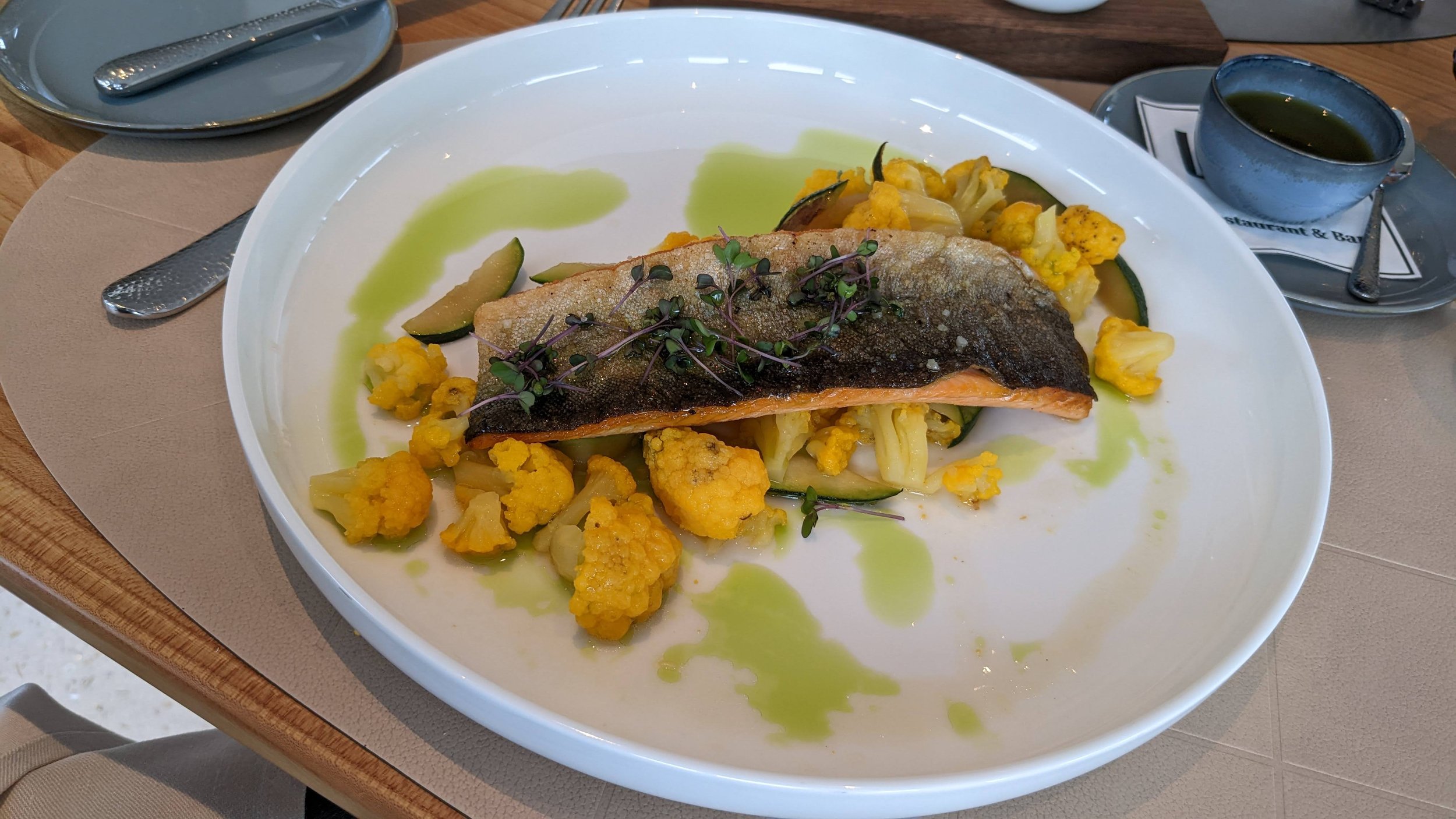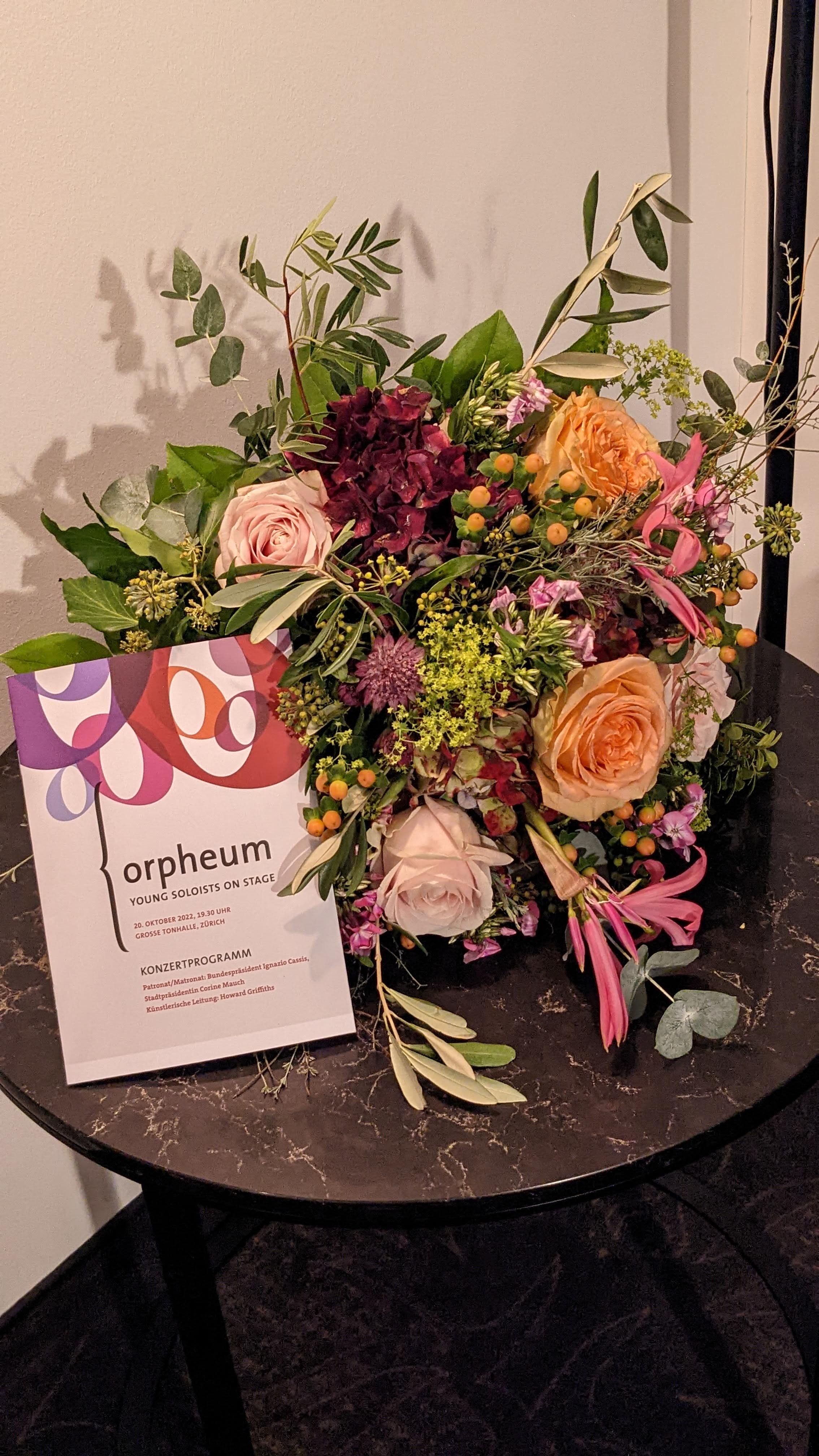
News
Happy Anniversary!
Medium well done steak from Fresh Market with pan seared yellow squash and green peppers. Dessert was a vegan donut from Whole Foods and I had Hop Tea to drink.
It was a year ago yesterday that I received the diagnosis that would forever change my life. I was sitting at home, reviewing my Nutcracker score when I got the phone call from my GI doctor. “The breath test confirmed it, you have CSIDs, aka a sucrose and maltose intolerance.” I remember feeling like I could breathe, a weight lifted off of my shoulders. I also remember feeling overwhelmed. How do I now navigate this new life and lifestyle? Well, a lot has happened in a year and I thought I would celebrate this anniversary with a list of ten things the year has taught me.
1. Don’t focus on what you can’t have, focus on what you can have. I know this one is so much easier said than done. With the diagnosis of CSIDs comes the reality of how limited your options for food become. After all, are supposed to get five servings of fruits and vegetables a day for a well-balanced diet. Well, I can only eat berries (except strawberries) and my vegetables have to be low in starch. That aside, I’ve learned to appreciate the foods that I can eat and have tried new recipes and dishes I never would have considered otherwise because of it.
2. Variety is key. This goes along with focusing on what you can have. Because starches build up over a three-day period, I switch up my meals. This helps to keep it interesting for my taste buds but also helps keeps my curiosity flowing. So what exactly does this mean? One night I may have baked chicken with baked cauliflower and broccoli. The next night, I might make another baked chicken but wrapped in bacon and stuffed with cashew milk cheese over a bed of zucchini noodles. Later in the week, I will then go back to eating cauliflower and broccoli. This is the time to be curious in the kitchen!
3. It’s okay to have some naughty every once in a while. I know this one will not apply to everyone as it depends on your tolerance levels. My tolerance for sugar is much higher than my tolerance for starch and that does not stop me from enjoying a Vegan Donut once or twice a month. I do this with the help of enzymes. As long as I keep my starches on the low side for a few days beforehand, I generally do not experience discomfort the day.
4. Oils are your best friend. I used to turn my nose up at any mention of oils. It was also zero calory cooking spray for me or just enough olive oil to lightly coat a pan. That has changed tremendously this year. It’s hard to get calories in with a CSIDs diet and adding oils to most of my meals has helped with that. As an example, I have a protein pancake recipe that I love and recently, I started adding a tablespoon of olive oil to bump up the calories. Not only are the pancakes fluffier, but they have also become more filling.
5. When having a flare, the best thing to do is not eat. This sounds counterintuitive because we need food to fuel and nourish our bodies. However, a CSID flare is a result of inflammation of the gut and stomach lining. The best thing to do is let your gut calm down and rest. For me, that is trying to go as long as possible between meals. I often find that I’m not hungry during a flare so I don’t force it.
6. Tune into your body. This goes along with number 5. For the longest time, I used to think stomach rumbles and bloat after a large meal were normal. However, when that bloat lasted up to a week, I started paying more attention to when it happened and why. Having CSIDs has forced me to become more aware of how my body reacts to foods. For example, strawberries cause me to develop hives because of the histamines. Before, I would look at the small bumps as a reaction to laundry detergent or using a scented lotion. It wasn’t until I removed strawberries from my diet for two months and then added them in that I noticed a reaction.
7. Not all beef is created equal. There are some beef products that I can eat with no issues, others will have me bloated and in pain as soon as the meal is done. I believe this has to do with the high fat and protein content of some cuts of beef. I have learned to go for leaner cuts of beef like steak to avoid issues.
8. Nuts and nut butters in moderation. I love me some peanut butter. Always have and always will and I was elated to find that I could still tolerate peanut butter. However, true to fashion I overdid it one day and paid the next. Nuts and nut butters are still high in both sucrose and starch and for me moderation is key. I never have more than two tablespoons of peanut butter and I never have nuts or nut butters consecutive days in a row.
9. Doctors and Dieticians are clueless. I had to do a lot of self-education regarding this disorder. I have a really great GI but he was clueless as to what having CSID actually meant and was under the impression like many that taking Sucraid (sucrose enzyme replacement) would allow me to go back to eating like I used to. FALSE. I’ll most likely never be able to eat like I used to. Thank goodness for the various Facebook groups and people in it that have helped me navigate through this.
10. Have fun. Six months in, I realized this diet and these limitations were going to be for the rest of my life and that was pretty depressing. However true to form, I decided to look at this a different way. What if we thought of it this way: I get to spend the rest of my life trying new foods, discovering new recipes, baking new treats, and educating people on life with CSIDs. Does that mean I’m not going to have my ups and downs? Of course not. However, one year later I am happy, I’m healthy, and for the first time in a long time, I can say that my stomach doesn’t hurt today.
Grüezi!
Last month music took me to Switzerland for a guest conducting engagement with the Musikkollegium Winterthur in an all-Organ program. The concert would occur in the beautiful Tonhalle Zurich which was a stunning space. The organ, better known as the “Queen of Instruments” had just been replaced and the hall had also just gone through a 4-year renovation. I couldn’t wait!
While I was excited for the trip, I was also nervous. To get from Memphis to Switzerland was going to be a 17-hour travel day with my biggest concern being how to keep my Sucraid cold. Sucraid is currently the only prescribed enzyme replacement medication for CSIDs. I had traveled with Sucraid before but only on trips that were up to six hours. 17 hours was daunting. My formula for traveling with Sucraid is to have three syringes per day I’ll be away. I was going to be in Switzerland for 10 days, therefore, I needed 30 syringes. Enter 4ALLFamily.
I came across these insulin coolers one day on amazon after a traveling with Sucraid question was posed in one of the CSID Facebook groups. I found that these insulin coolers have been a lifesaver. I have them in two different sizes and with a little maneuvering, I can fit 5 Syringes in the small cooler and 15 in the larger size. Both come with a nice-sized ice pack that stays cold for up to 72 hours. I also have an insulin pouch that I also purchased from amazon that fits about 10 syringes and stays cold for about 6-8 hours. I ended up asking for a bag of ice on the plane and putting both my syringes and ice pack from my pouch in the bag overnight and it worked great.
After a full day of travel, I arrived in Switzerland Friday morning and as you can imagine, I needed food. I planned ahead and packed a bunch of snacks and sandwiches to eat on the plane because I knew I wouldn’t be able to eat any of the food offered. As soon as my car dropped me off at the hotel, I checked it, dropped off my luggage, and went straight into the hotel restaurant. I had my typical CSID breakfast which consisted of boiled eggs, Chef’s Cut Biltong, an almond flour muffin (I baked these and pack them), and some fruit. This may seem boring but at the end of the day, I am grateful to have food to eat.
This is by far the best biltong I have ever tasted.
I dedicated one day to being a tourist. I remembered I discovered that Airbnb offers experiences and decided to see if anything was available in Winterthur and happened on a tour of the Rheinfall, one of the most powerful waterfalls in Europe, located between the cantons of Schaffhausen and Zürich. It was a one-on-one tour with my guide Martina who was absolutely lovely. It was magical to both see and hear the Rheinfall as well as the nature it surrounded.
Now let’s talk about the food scene. There were a plethora of restaurants and shops near my hotel, however, I found my options limited because of CSIDs. I noticed how health-conscious Swiss people were regarding what they put in their bodies and the quality of their foods. This meant they cooked using a lot of grains, legumes, and veggies, most of which are high in starch and off-limits to me. I was pretty much confined to eating meat or fish and veggies, which I didn’t mind so much because everything tasted so fresh.
These were the two dinners I alternated between served in the hotel restaurant. The venison burgers were melt-in-your-mouth good and were very filling. I also got some bacon on the side, which tasted nothing like bacon in the states. The fish dish was Zander fish which were very light and flaky. I enjoyed them but they were not very filling and I found myself hungry within an hour. Luckily, I also brought protein bars with me which came to my hunger rescue. The last plate was a lovely salmon and cauliflower dish I had while on break from rehearsal at Tonhalle.
My trip concluded with three wonderful days of rehearsals followed by a truly magical concert experience that I will always cherish. I look forward to my return to Winterthur and exploring even more!
Let the Traveling Begin
Two weeks ago, I was back in California, Redlands to be exact, for a residency at the University of Redlands. As a conductor, I also consider myself an educator and I take pride in speaking with and mentoring the up-and-coming generation of musicians and conductors. The residency included working with the two conducting students, who were absolutely lovely, working with the Orchestra and the Concert band, working with the students in the beginning conducting class, and giving a talk to music majors during the recital rep hour.
Speaking with students is always a highlight for me because one of my goals is to break the misnomer that conductors are these godly beings or elitists. Seriously, people think that. I like to call this the “Maestro Myth.” I always start my talks with an icebreaker called “Two Truths and One Lie.” The question that always raises questions is the following:
What kind of music do I enjoy listening to?
a) Rap
b) R&B
c) Death Metal/Harsh Vocals
I’ll give you a second…If you are like most folks, I’m sure you thought A or B. However, I am a huge metal head and as soon as people discover this about me, the image of who a conductor is in their minds is instantly shattered. And you’re welcome.
Aside from the students, my residency was exactly what I didn’t know I needed with another highlight being that I was also able to find food to eat. The hardest thing about having CSIDs is eating while traveling. Before my diagnosis, I could easily buy a bag of chips in one of the airport stores for a snack. I can’t do that anymore which can be stressful if I have long travel days. Therefore, I have learned never to travel without my snack pack.
These are some of my go to snacks that are both low sugar and low starch.
Breakfast can also be tricky when traveling because aside from eggs I can’t any of the breakfast meats. Most meats are cured with sugar and other spices which can make me sick. Therefore, I always buy hard boils eggs and fruits via grocery delivery and bake almond flour muffins that I will have every morning in my hotel room. As a meat source, I will have a few pieces of Biltong (sugar-free air-dried jerky).
Recipe for Muffins below
I was also able to find some really tasty dinners while in Redlands. Typically, it takes me 45-60 minutes to find a restaurant that can accommodate my diet vis uber eats or door dash, which is honestly frustrating when you’re hungry. It was nice to see so many options available to me. One night I felt like having fish and ordered a Paleo Bowl from California Fish Grill that had seared salmon over a bed of cauliflower rice, zucchini, tomato, and cilantro.
On the last night of my Residency, I was treated to Rok n Fondue, and let me tell you, a treat it was indeed. They had a few cuts of meats and veggies that I could eat and I ended up ordering a Ribeye Steak with a side of green beans. What was cool about the experience was that they bring you the meat raw on a slab that is heated to 500 degrees. As your meat cooks, you can baste it with the various kinds of butter and sauces they provide. I couldn’t eat any of the kinds of butter or sauces, but I really enjoyed my meal. If I ever find myself near a Rok n Fondue, I will definitely be back.
California just hits differently and it always feels great to be back. I ended the week with a very full heart after my work with the students and I look forward to the next adventure!
My CSID Life
Picture it: November 2021, just a few weeks before Thanksgiving and I am the sickest I have ever been and I have no idea why. My stomach hurt, my back hurt, pretty much everything hurt and I wanted my mom. I kept telling myself that this is my normal because I have irritable bowel syndrome. However, there is no way any of this was normal. After a weekend of not being able to keep anything down, I called my GI doctor and made an appointment.
I had planned everything I was going to say to my doctor, starting with “There is no way this is IBS!” The appointment lasted over an hour with my telling anecdotes of not being able to eat certain foods now that I enjoyed two months earlier. I went down my list: “I can’t eat Apples, Broccoli, Sugar Snap Peas, Sweet Potatoes, Carrots, and Red Onions just to name a few. It honestly feels like my body is revolting.”
My doctor looked at me curiously and asked if I could recall what I ate before this last stomach upset. I mentioned eating a bowl of peanut butter and chocolate granola cereal for lunch one day. I was short on time and knew it would be quick. The next day, my stomach didn’t feel good. It felt like a burning sensation with a fullness that lingered all day. However, because I had IBS, I just figured this was a part of it. This is my normal. That day happened to be another busy day for me, and yet again I had another bowl of that peanut butter and chocolate granola cereal for lunch. The next day my stomach felt horrible and everything that I ate for breakfast didn’t stay down.
My doctor told me she had an idea but didn’t tell me what it was. She left the room, only to return with this Sucrose Breath Test. She wasn’t certain but she had a hunch. She told me to take the test and mail it in and we’d go from there. The breath test was easy. I had to drink a sugar solution and blow into four tubes over 90 minutes. As I was sealing each tube and putting them in the box to be mailed, I remember crossing my fingers for this test to come back positive. There’s a phrase I never thought I’d say aloud.
It took about 2 weeks to get the results and the test confirmed what I never knew could be a possibility. I had CSIDs. It stands for Congenital sucrase-isomaltase deficiency. What exactly does that mean you ask? Well, my body does not make enough enzymes to process sucrose (table sugar) or starches. As I like to tell people, anything that tastes good, I can’t eat.
However, all jokes aside, I felt so relieved knowing that I now had a diagnosis of the thing that had been causing my stomach issues, issues that began back in February 2019. Doctor after doctor would run several tests only to tell me that everything looked fine. However, I never felt fine. As an example, I had an upper scope done, which showed that everything was normal. When I talked to the doctor, all she was to go gluten-free and that my problems should go away. They didn’t.
So, how could someone like me go undiagnosed for so long, especially if I was born with this? This is a congenital disorder after all, or it is? I recently learned that this condition can also be acquired (ASID) if one has experienced damage to the gut. Taking several strong courses of antibiotics, as an example, can damage the gut lining, producing ASIDs for many people. Was my SIDs congenital or acquired? I don’t think I’ll ever know the answer to that. What I do know, however, is that because this is such a rare disorder, there is not much information that exists about it. Enter this blog.
My hope as a conductor is to bring awareness to this disorder and show you what it means to be a person living with CSIDs. My life went from being very simple to being very complex where food is concerned. It’s not always easy, especially while traveling. I can’t just pick up a bag of chips in the airport if I’ve forgotten my snack and sadly, airports are not CSID friendly. However, I refuse to allow my CSIDs to define me.
This is me, and this is my CSID Journey. I hope you enjoy the ride.





